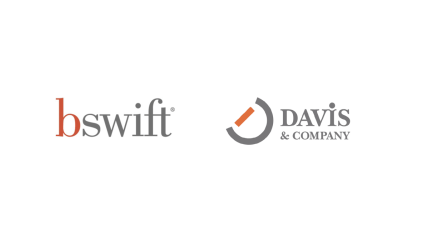
Something interesting happened to internal communicators during the early months of the pandemic: demand for their work soared. And communicators rose to the challenge by providing in-the-moment information that helped employees get through each day—from staying safe while working onsite and working effectively from home to feeling informed about the organization’s next steps.
Employees soaked it up. And leaders recognized the significant value that this focused communication brought to the organization. Fast forward to early 2021 and we’re witnessing an increased demand for operational communication: targeted initiatives designed to help employees get the job done, complete a task or solve an operational issue.
With enough to do in your day job, why get involved in operational communication? There’s a simple reason: delivering value. Contributing to operational projects can help the business achieve goals and deliver results.
I was reminded of the connection between communication and business results when I facilitated a benchmark study for retail companies several years ago. During the research phase, I learned that Best Buy maintains a team of communicators to help store employees build their product knowledge—a key strategy to drive sales.
Here are five examples to help you visualize the role you can play on operationally focused projects:
1. At a technology and manufacturing company, safety is a hot-topic issue where every improvement is an important one. With this concept of continuous improvement in mind, this initiative started with a survey of manufacturing employees to understand their knowledge of safety practices. Based on gaps identified in the data, as well as existing safety data, the organizing team identified objectives and developed a plan to improve safety, including process changes and communication initiatives.
How communication contributed: We partnered with the lead communicator and recommended a discovery process to the organizing team. We helped her lead the research effort, facilitate a discussion of recommendations, document the overall plan and implement communication tactics.
2. Members of a communication team at a pulp and paper company knew they could improve engagement among plant employees by increasing the visibility of plant leaders. We partnered with the team to develop and deliver a communication program for plant leaders designed to build knowledge of their communication role, anticipate employees’ information needs and learn practical ways to be visible.
How communication contributed: Based on engagement data and past experience, the communication team recommended focusing on plant leaders to shrink the engagement gap. And since the team had experience with similar communication efforts, buy-in among stakeholders was quick.
3. A centralized service function at a pharmaceutical company had a reputation problem: Colleagues often bypassed the function to use external services. We worked with a cross-functional team to develop an extensive change management plan that addressed two critical pieces required to turn the situation around: 1) reshape internal systems and processes that got in the way of delivering best-in-class solutions, and 2) shift perceptions among the function’s clients.
How communication contributed: In this case, the lead communicator’s bird’s eye view of the situation ensured that the right people were at the table to develop the change plan. After agreement on the plan, she facilitated workshops—with the planning team and with employees—and created supporting communication materials.
4. During the beginning of the pandemic, a consumer goods company faced the challenge of increased absenteeism and decreased production output at a key manufacturing site. We joined a communication team that was formed and jumped to action! Our work included a multi-channel strategy—from leader messages to onsite tactics and giveaways—designed to inspire manufacturing employees during a stressful time and recognize their extraordinary efforts. The result: 96% of employees knew how to keep themselves and those around them safe. Absenteeism decreased and production output resumed.
How communication contributed: From the outset, it was clear that more than communication would be required to address the challenges the pandemic presented. But the communication team coordinated the effort, ensuring the planning process was inclusive, environmental changes were made and leaders were prepared for the role.
5. At a financial services company, customer-facing teams struggled to keep customers informed about software outages and changes. Teams often bumped into each other with conflicting information, customers complained about not being informed and many customers tuned out since they received information that didn’t apply to them. We facilitated several workshops with a cross-functional team to develop a customer experience framework, which included: a coordinated process, defined roles and communication templates.
How communication contributed: A business unit communicator identified the opportunity to improve the customer experience based on ad hoc communication requests she received. She pulled together the right stakeholders and partnered with us to facilitate the workshops. After agreement on the plan, she coordinated the formation of required teams and we helped her to create communication materials.
Ready to explore operational communication?
- Start by identifying an initiative or challenge in a function where improved communication can make a difference or where you can help a team think differently.
- Then, after you deliver successful projects, figure out how this work will fit within your prioritization model. For example, you may focus on a key function or business priority by providing research, facilitation and communication planning.
- And consider the skills you’ll need to develop as you take on more operational communication: See Be an internal communication Rockstar (Chapter 9) of What’s next.




